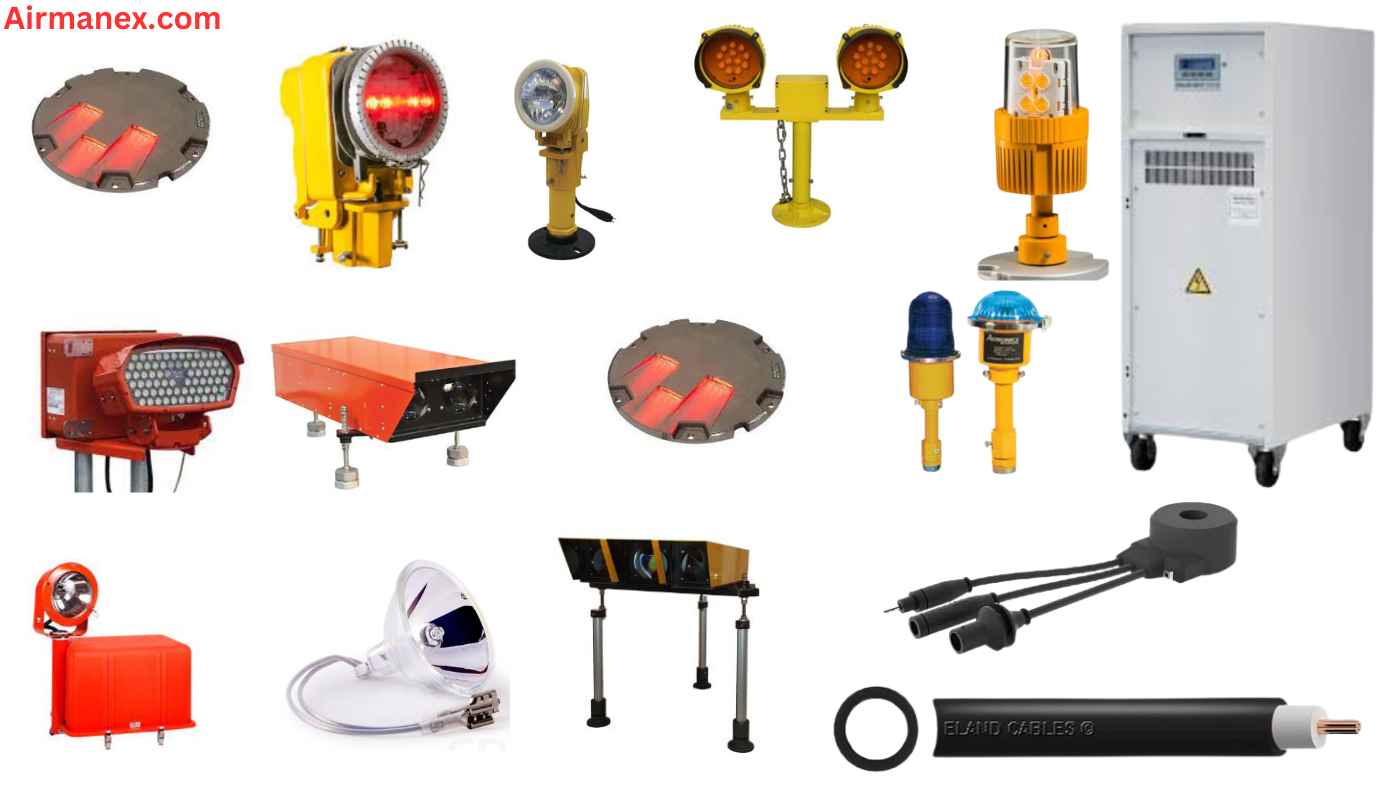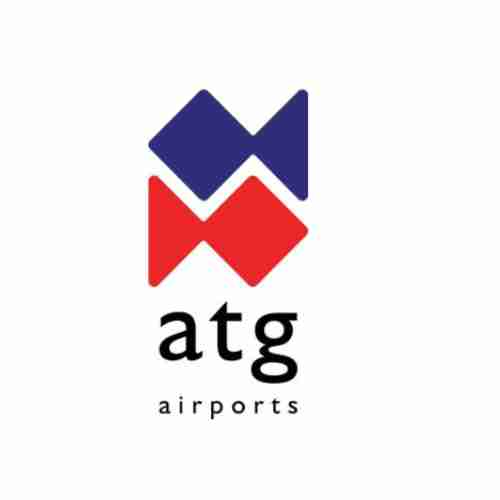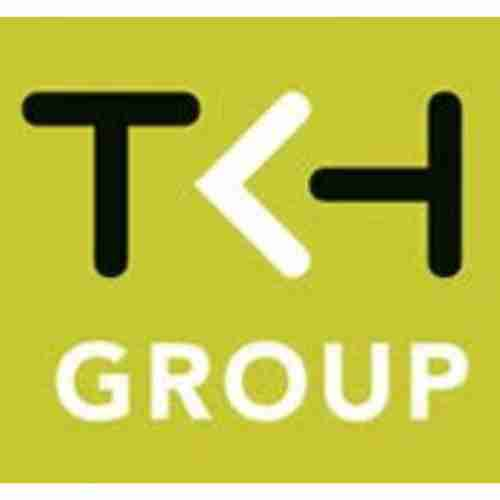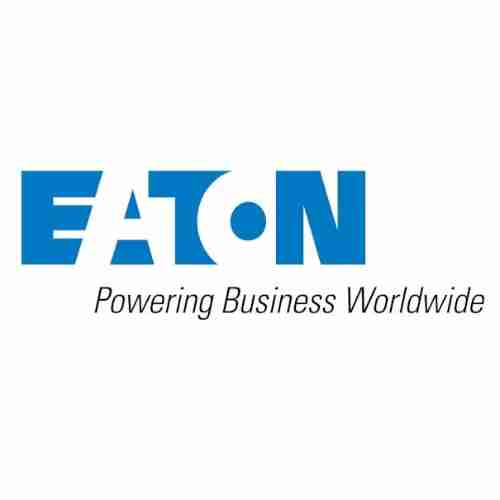Airfield Ground Lighting Runway and Taxiway in South Korea
The aviation industry in South Korea is soaring to new heights, and with this growth comes a critical focus on safety and efficiency. At the heart of this lies a sophisticated network of airfield ground lighting (AGL) systems, illuminating runways, taxiways, and surrounding areas to guide pilots during takeoff, landing, and maneuvering on the ground. In this comprehensive blog post, we’ll delve into the world of South Korean airfield ground lighting, exploring the technologies, regulations, and ongoing advancements that ensure the smooth and safe operation of the nation’s airports.

The Crucial Role of AGL Systems
Imagine a pilot navigating a vast expanse of tarmac at night, relying solely on instrument readings. Now, picture the same scenario with a meticulously designed AGL system bathing the runway and taxiway in a symphony of lights. This is the transformative power of airfield ground lighting. These systems act as a visual language, communicating critical information to pilots and enhancing situational awareness during periods of low visibility, bad weather, and nighttime operations.
A Breakdown of South Korea’s AGL Systems
South Korea adheres to the stringent guidelines set forth by the International Civil Aviation Organization (ICAO) Annex 14 Aerodromes. This ensures compatibility and standardization across international airports. Here’s a breakdown of some key components found in South Korean AGL systems:
- LED Runway Lighting: Energy-efficient LED lights are rapidly becoming the standard in South Korea. They offer exceptional brightness, longevity, and precise controllability compared to traditional halogen lamps.
- Runway Edge Lighting Systems: These lights, typically white or yellow, clearly define the runway edges, aiding pilots in maintaining proper alignment during taxiing, takeoff, and landing.
- Taxiway Centerline Lighting: A series of blue lights mark the taxiway centerline, guiding pilots during taxi operations and ensuring they stay on the designated path.
- Precision Approach Path Indicator (PAPI) Lights: These specialized lighting systems provide pilots with visual cues regarding their glideslope during approach, ensuring a safe and accurate touchdown.
- Runway Status Lighting (RWSL): This vital system provides pilots with real-time information about the operational status of the runway, such as availability for landing or potential closures.
Advanced Technologies in South Korean AGL Systems
South Korea, a nation known for its technological prowess, is at the forefront of AGL innovation. Here are some exciting advancements shaping the future of the country’s airfield lighting:
- In-Pavement Runway Lights: Imagine runway lights seamlessly integrated into the pavement itself. This futuristic concept is being explored in South Korea, offering improved durability, reduced maintenance requirements, and a sleeker aesthetic.
- Constant Current Regulators (CCRs): These intelligent systems ensure consistent power delivery to AGL systems, maintaining optimal light intensity and extending the lifespan of LED fixtures.
- Solar-Powered Airfield Lighting Systems: Sustainability is a key focus in South Korea’s aviation sector. Solar-powered AGL systems are being piloted, offering a clean and cost-effective way to power airfield lighting, particularly at remote locations.
- Pilot-Controlled Lighting Systems: Empowering pilots with more control, these systems allow them to adjust the intensity of taxiway and runway edge lighting based on visibility conditions, enhancing comfort and safety.
Airfield Lighting Maintenance and Repair
A flawlessly functioning AGL system is paramount for airport safety. South Korea has a robust maintenance and repair infrastructure in place. Regular inspections, prompt replacement of faulty lights, and proactive maintenance schedules ensure that the AGL systems operate at optimal levels. This includes utilizing cutting-edge diagnostic tools and employing highly trained technicians to identify and address any issues swiftly.
The Importance of FAA Testing
While South Korea adheres to ICAO standards, some airports may cater to American aircraft and pilots. To ensure compatibility, these airports undergo rigorous testing and certification processes outlined by the Federal Aviation Administration (FAA) of the United States. This additional layer of compliance guarantees a seamless experience for international pilots using South Korean airfields.
Price idea estimate
- A basic AGL system for a small airport with runway and taxiway lighting using halogen lamps might range from ₩1 billion (US$810,000) to ₩3 billion (US$2,430,000).
- Upgrading to a more advanced LED system with features like centerline lighting and PAPI could cost anywhere between ₩5 billion (US$4,050,000) to ₩10 billion (US$8,100,000) for a medium-sized airport.
- Large international airports with extensive runway networks and cutting-edge technologies like in-pavement lighting can see costs exceeding ₩20 billion (US$16,200,000).
It’s important to remember that these are just estimates. To get a more accurate idea of the cost for a specific project in South Korea, it’s crucial to consult with experienced airfield lighting companies and request quotes based on your specific requirements.
Embracing Innovation
South Korea’s AGL systems are undergoing a continuous process of improvement. Here are some exciting trends to watch out for:
- Airport Lighting Retrofit Projects: Many existing airports in South Korea are undergoing modernization initiatives. These projects involve replacing outdated lighting systems with energy-efficient LED fixtures, integrating advanced control systems, and implementing innovative technologies like in-pavement lighting.
- ICAO Compliant Airfield Lighting: South Korea remains committed to upholding the highest international standards. Ongoing efforts ensure that all AGL systems comply with the latest ICAO regulations, fostering international cooperation and ensuring pilot familiarity with lighting configurations.
FAQs
What are the benefits of LED lighting for runways and taxiways in South Korea?
LED lighting offers superior brightness, longevity, and energy efficiency compared to traditional halogen lamps. This translates to clearer visibility for pilots, lower maintenance costs, and a more sustainable approach for South Korean airports.
How does South Korea ensure the safety and compliance of its AGL systems?
South Korea adheres to strict ICAO regulations and conducts regular maintenance and inspections. Additionally, some airports serving international traffic undergo FAA testing to guarantee compatibility for pilots from all over the world.
What are some future trends in AGL systems for South Korean airports?
South Korea is embracing innovation with airport lighting retrofits featuring LED technology, continuous advancements to meet the latest ICAO standards, and even exploring futuristic concepts like in-pavement lighting for improved durability and aesthetics.










